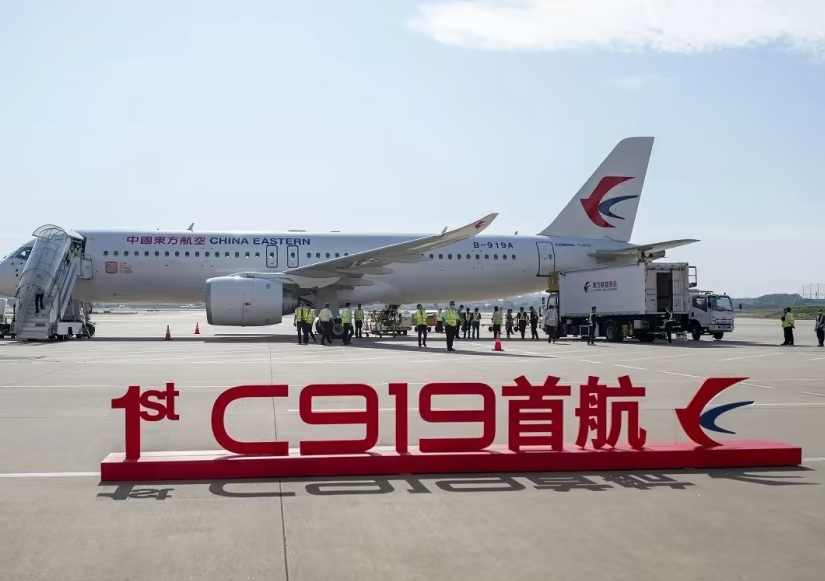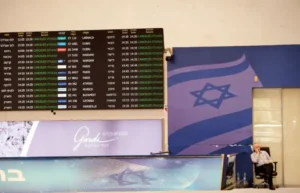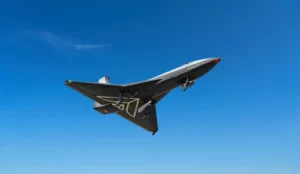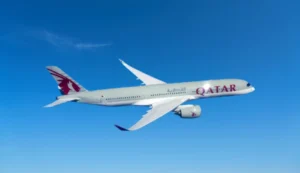Japan Allocates $33B to Develop Hydrogen-Powered, Next-Gen Airliner; Aims to Challenge China’s COMAC
Japan is set to revitalize its aviation sector with an ambitious $33 billion initiative to develop a next-generation hydrogen-powered passenger aircraft. Announced by the Ministry of Economy, Trade and Industry on March 27, this project aims to elevate Japan from being a component supplier to a leader in aviation technology.

Photo Source: https://www.todayonline.com/
Vice Minister Kazuchika Iwata emphasized the project’s transformative potential, highlighting the shift towards providing value-added products through public and private collaboration. Drawing lessons from past efforts like Mitsubishi Heavy Industries’ SpaceJet, the initiative will explore advanced propulsion systems, focusing on hydrogen-combustion engines.
With a target launch around 2035, the project will be funded through sovereign climate transition bonds, reflecting Japan’s commitment to sustainability and carbon neutrality by 2050. Government support will extend beyond financial aid to include establishing global technology standards, ensuring stable parts procurement, and refining testing methodologies.
Japan’s aerospace industry has faced setbacks, most notably with Mitsubishi Heavy Industries’ SpaceJet, originally the Mitsubishi Regional Jet (MRJ). Launched in 2008, the MRJ aimed to revolutionize the regional jet market but faced numerous delays and limited support. In contrast, China’s COMAC has made significant strides with its C919 airliner, also initiated in 2008, which has successfully captured both domestic and international markets.

The MRJ aimed to capture 20% of the global market for 70 to 100-seat regional jets by 2013. However, changes in US pilot union contracts limited its appeal, and evolving market dynamics further diminished its prospects. In contrast, COMAC’s C919, targeting the larger 160 to 175-seat segment, benefited from strong government support and a built-in customer base from state-owned airlines. This strategic approach allowed COMAC to navigate challenges effectively and secure over 1,100 orders globally.
Despite rebranding efforts and modifications to the MRJ, now known as the SpaceJet M100, Mitsubishi faced extensive development costs and certification challenges, ultimately leading to the program’s termination.
Japan’s new strategy emphasizes collaboration among established manufacturers like Mitsubishi Heavy Industries, parts suppliers, and automakers with expertise in hydrogen engine technology. The initiative seeks to leverage both domestic and international expertise, fostering a robust framework for innovation and development.
By investing heavily in next-generation aircraft and emphasizing sustainability, Japan aims to rejuvenate its aviation industry and compete on the global stage, particularly against formidable players like COMAC. This forward-looking approach could position Japan as a key player in the future of eco-friendly aviation technology.






